How to Become a Day Trader with $100

Contents
If you are new to online forex trading , it would be an excellent judgement call to start with a small amount of capital. The tragic fact is that most new forex traders have a high probability of losing their investment.
Don’t let that discourage you. It doesn’t mean you don’t have a chance of making money as a forex trader. What it means is that new traders make mistakes, so make your mistakes with a smaller amount of money.
Many brokers allow you to begin trading with just $100 and sometimes even less than that.
What if you want to become a day trader but cannot afford to deposit more than $100, is it still possible to make money trading forex? Yes, it is.
Follow this guide to understand how you can become a forex day trader with just $100.
1. Wait for high-probability trade opportunities

Because $100 gives you a limited amount of trading capital, any losses will cut back your available trading margin and may prevent you from taking future opportunities with a higher probability. Focus all of your attention towards only the most likely trade opportunities and ignore anything that has a shadow of doubt. When trading with a small account, there isn’t a lot of wiggle room for failure.
2. Don’t be too greedy and stick to your risk-reward ratio
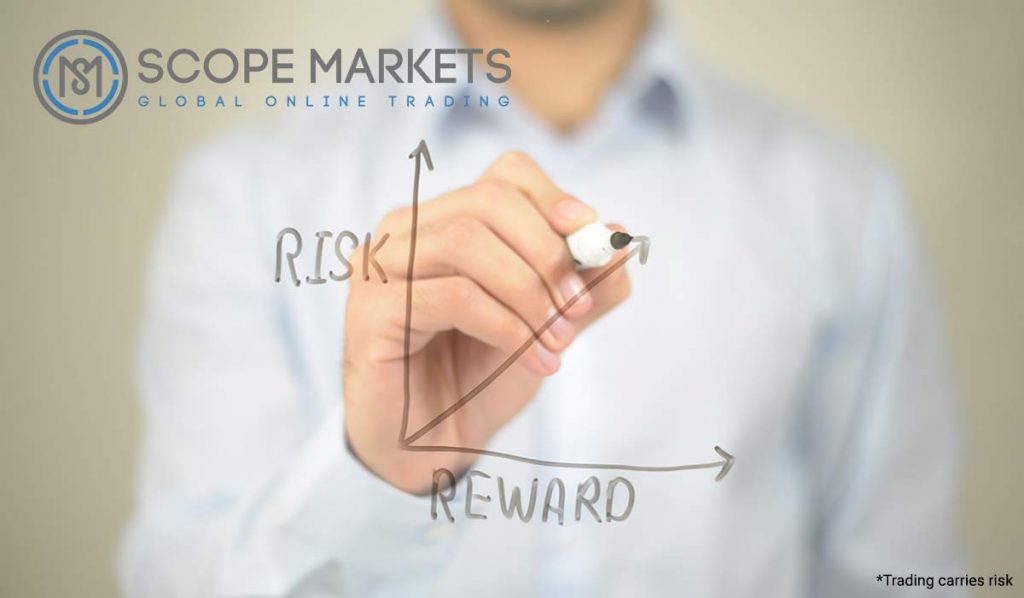
With a risk-reward ratio of three-to-one and risk tolerance of just 2% on an account with $100 means that your potential profit of each trade would be only $6. It’s easy to feel like it’s not a lot of money for the time you spend analyzing the market and setting up your trades. If you go for larger positions, you will probably lose more, and it’s not a case of if, but when.
The goal is neither to make as much money as you can, nor to make money as quickly as possible. The objective of trading with a $100 account is to slowly grow it over time and compound your profits, meanwhile gaining valuable experience as a trader. If you can eventually turn your $100 account into a $200 account, you can double your reward, without taking on any additional risk in proportion to your account balance.
3. Don’t place your stop-loss orders too close to the market price
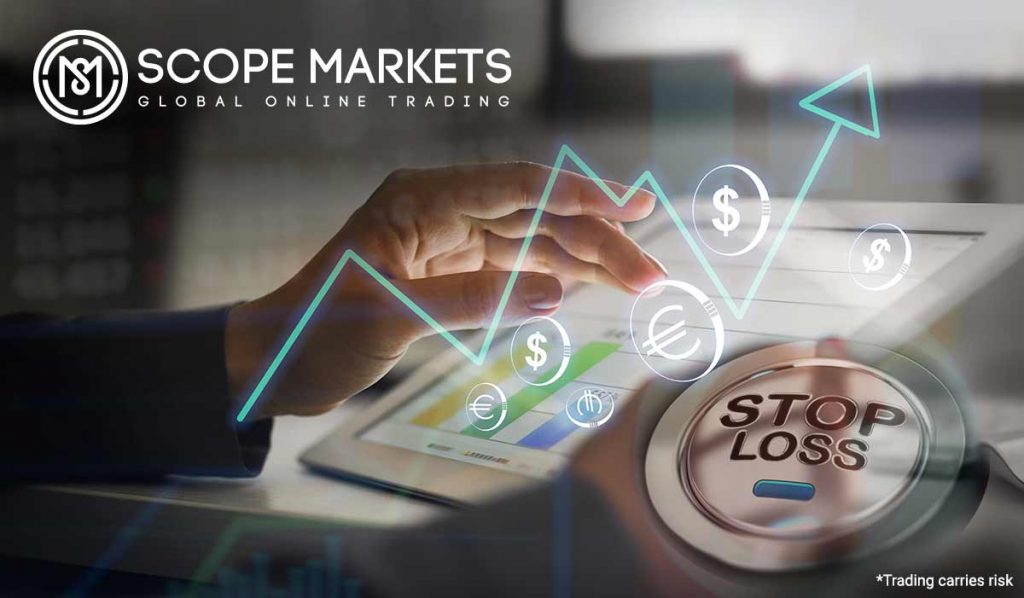
When you place a stop loss closer to your entry price, it allows you to place your take-profit order further according to your risk-to-reward ratio. The problem is that the closer your stop-loss is to your entry point, the higher the likelihood of it being triggered, simply because there is no much of a breathing room for any pullback. Even if your trade set up is correct, you will still lose money just because you did not allow for moments of downside.
Where you place stop-losses should not only be defined by your risk-to-reward ratio and where you expect to exit a trade but where the market could move before it reaches the target.
4. Utilize maximum leverage provided by your broker
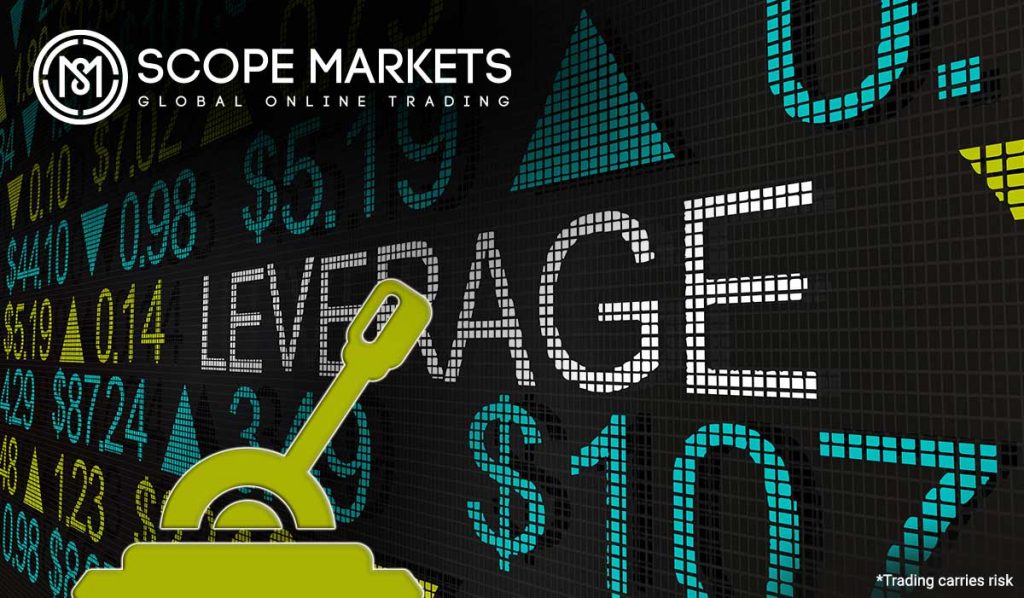
When you execute a trade, it consumes margin from your account balance, leaving you with less margin to maintain the trade and possibly execute an additional trade. When you take maximum leverage, it allows you to accommodate a bigger swing without worrying about a margin call.
If a trader has low leverage, more money will be held up as margin requirement for the trade, thereby lowering the margin level by a significant proportion. When compared to a trader with high leverage, the trader with low leverage will get a margin call first if the trades go against both of them.
5. Take a more proactive approach to manage your trades
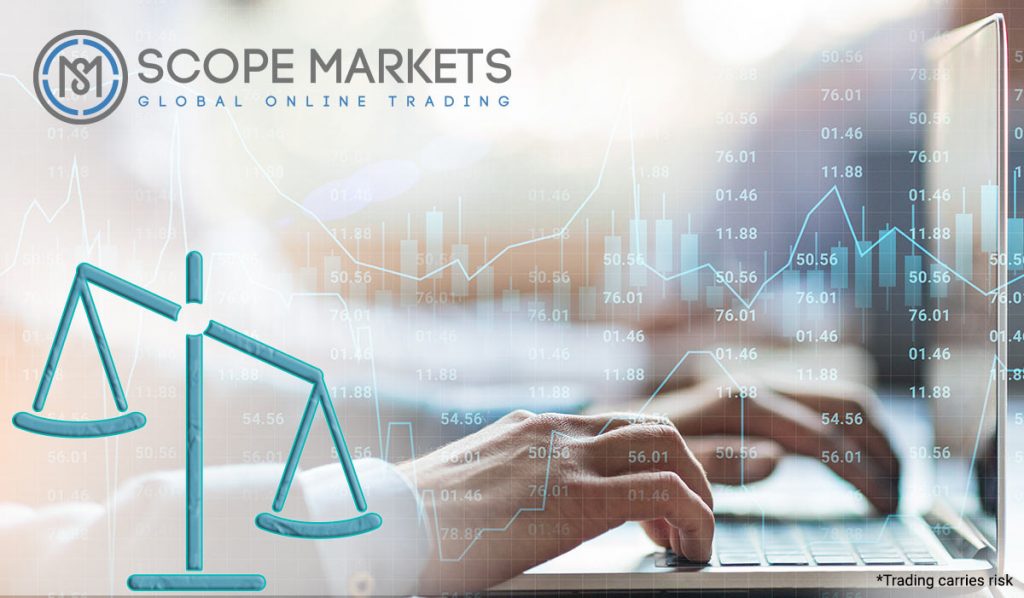
The usual advice when trading forex is to define your target and stop-loss before you enter the trade and stick to the plan, thus preventing you from closing the position too early and leaving profits on the table. It prevents you from getting weak hands and letting go of a position during natural periods of drawdown.
However, with a small trading account, you may want to take an even more proactive and precise approach. For example, you could;
- Close a profitable position when the 15-minute timeframe breaks the underlying uptrend or downtrend,
- Close a position when the currency pair makes a new higher high or lower low,
- Close a position before the end of a trading session or before rollover,
- Close a position before any of major economic news reports,
- Adjust your stop-loss order to entry price when a trade makes you +20 PIPs,
- Close a position when the current trend looks exhausted.
6. Review your trades and learn from any mistakes
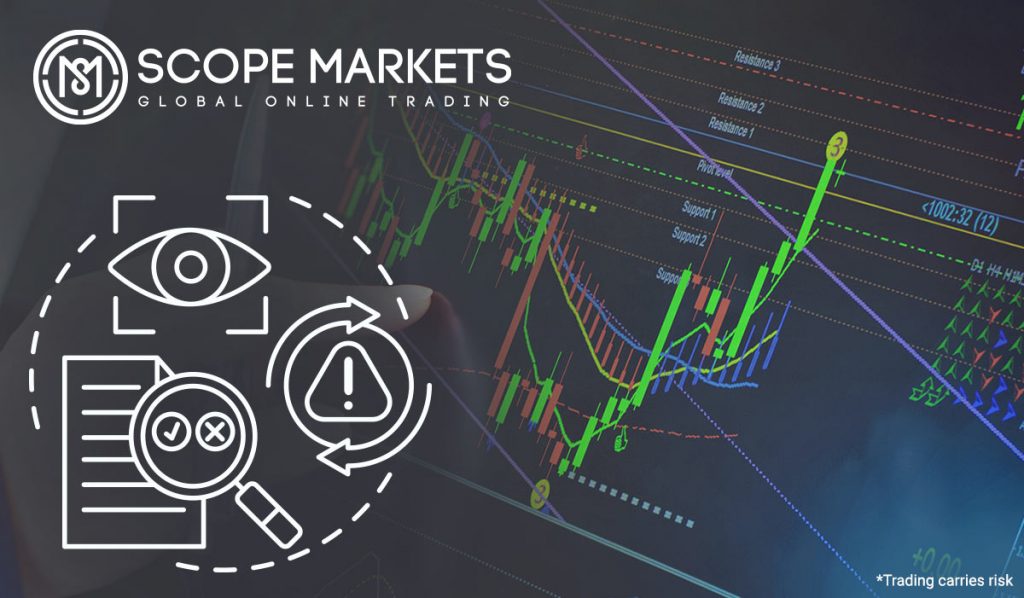
As you are trading with a small account, it may not feel like you are making financial progress as you make a few dollars here and there. Make sure you embrace this as an educational experience and focus on developing and growing as a trader so you may one day be managing a much larger trading account.
One way to ensure you improve as a forex trader is to review your close trades regularly, The more you analyse your past performance and try to pinpoint any mistake you made, you can correct areas where you went off track.
Think in terms of percentages. If you can risk 2% of your $100 and make 6% in a trade, it doesn’t matter you account balance. You can still achieve the same result with a $50,000 account. It’s the strategy, not the money.
As you are on this journey, don’t forget that you can depend on educational resources such as the Scope Markets daily webinars, created just for determined forex traders looking to improve their skills.
Article Disclaimer
